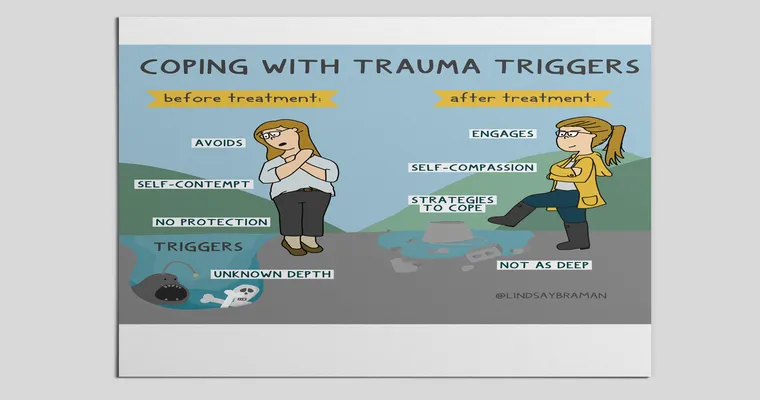Being the "trigger" in relationships can be a challenging experience. It often leads to feelings of guilt, confusion, and frustration. Understanding how to manage this situation effectively is crucial for both your well-being and that of others. In this article, we will explore practical strategies to navigate being the "trigger" and foster healthier interactions.
Understanding the Concept of Being the Trigger
First, it's important to recognize what it means to be the "trigger". This term typically refers to situations where your words, actions, or even presence can evoke strong emotional reactions in others. These responses may include anxiety, anger, or sadness, often rooted in past experiences or traumas. Acknowledging your role in these dynamics is the first step towards making positive changes.
Self-Reflection and Awareness
The journey to managing being the "trigger" begins with self-reflection. Take the time to evaluate your behavior and its impact on others. Ask yourself questions like: What specific actions or words tend to trigger strong reactions? What emotions do I feel when I see someone react negatively to me? This self-awareness can help you better understand your triggers and how they relate to others.
Communicate Openly
Open communication is key when dealing with being the "trigger". Talk to the people in your life about how they feel when certain situations arise. By discussing these feelings, you create a space for understanding and healing. Encourage them to express their emotions and thoughts, and be willing to listen without becoming defensive. This dialogue can help clarify misunderstandings and reduce future tensions.
Set Boundaries
Establishing boundaries is another essential strategy. If you recognize that certain topics or behaviors tend to trigger negative reactions, it may be beneficial to avoid them or set clear boundaries around them. Communicate these boundaries with others, so they understand your intentions and can support you in maintaining a healthier dynamic.
Practice Empathy
Empathy is a powerful tool when navigating relationships. Try to put yourself in the shoes of the person you may be triggering. Understand their feelings and experiences, and acknowledge that their reactions might stem from their own struggles. This perspective can help you respond with compassion rather than defensiveness, fostering a more supportive environment.
Seek Professional Help
If you find it challenging to manage being the "trigger", consider seeking the help of a mental health professional. Therapy can provide you with valuable tools and strategies to understand your behavior and its effects on others. A therapist can also help you work through any underlying issues that may be contributing to your role as a "trigger".
Practice Self-Care
Taking care of yourself is vital when dealing with the emotional burden of being the "trigger". Engage in activities that promote relaxation and well-being, such as meditation, exercise, or hobbies you enjoy. By prioritizing your mental health, you’ll be better equipped to handle challenging interactions and support others more effectively.
Conclusion
In conclusion, being the "trigger" in relationships can be difficult, but it is manageable with the right approach. Through self-reflection, open communication, boundary-setting, empathy, and self-care, you can navigate these complex dynamics more effectively. Remember that it is a journey, and seeking professional help can provide additional support as you work towards healthier relationships. By taking proactive steps, you can create a more positive environment for both yourself and those around you.





